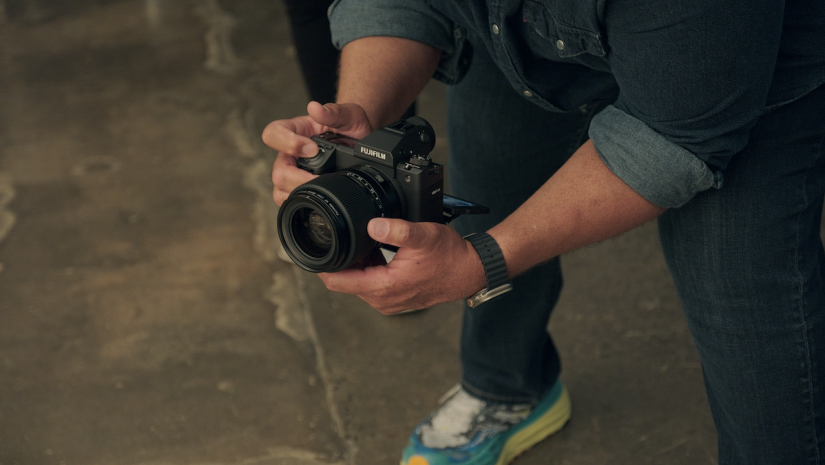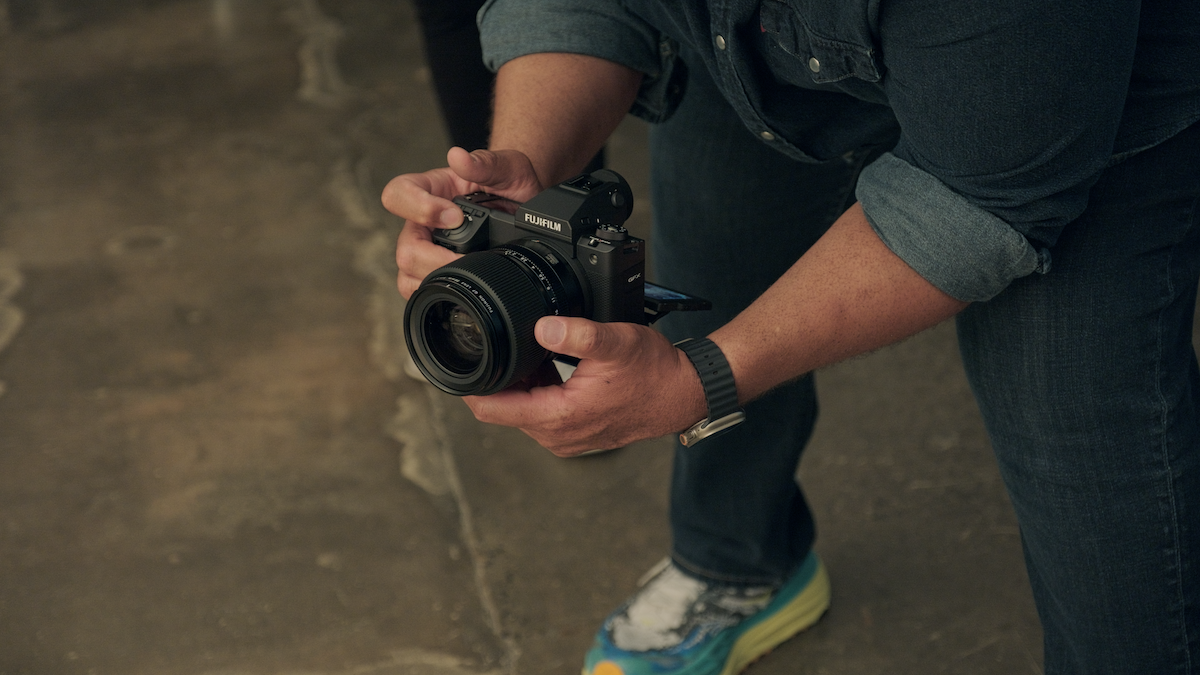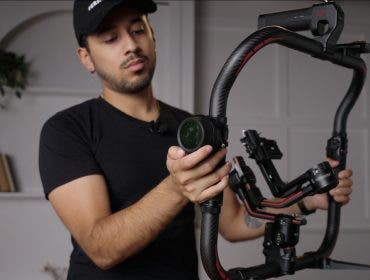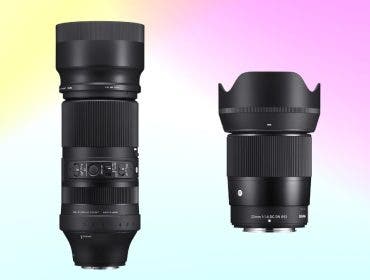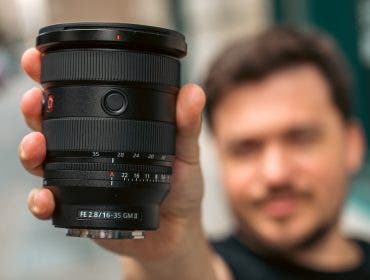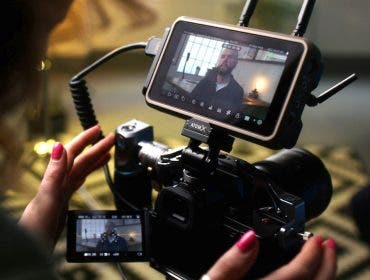Fujifilm has just announced the release of the Fujifilm GFX100 II Medium Format Camera — the remarkable successor to the GFX100, which was first announced in 2019. This new design redefines medium format photography and updates many features to meet the needs of today’s creators. With its exceptional 102MP sensor and advanced technologies, the GFX100 II is capable of capturing intricate details with unparalleled precision. Let’s explore the upgrades to the all-new Fujifilm GFX100 II to discover how it can empower your creative pursuits.
Watch photogapher Ab Sesay’s review of the Fujifilm GFX100 II Camera below:
Key Features of the Fujifilm GFX100 II Camera
- 102MP bayer imaging sensor and X Processor 5
- 8fps continuous mechanical shutter
- 30% dynamic range increase
- Improved 16-Bit RAW quality
- Updated AI autofocus algorithm
- Up to 8 stops of in-body image stabilization (IBIS)
- 9.44M dot EVF with 120 fps live view
- Internally record 4K/60P at full sensor width in 4:2:2, 10-bit Apple ProRes
- Natively enabled for Frame.io Camera to Cloud
- Multiple cinema formats: Vista Vision, 35mm FF, and 35mm FF Anamorphic
- SSD recording and new REALA ACE film simulation
- Vastly improved handheld video and low-light performance
- Object tracking, waveform, and vectorscope monitoring
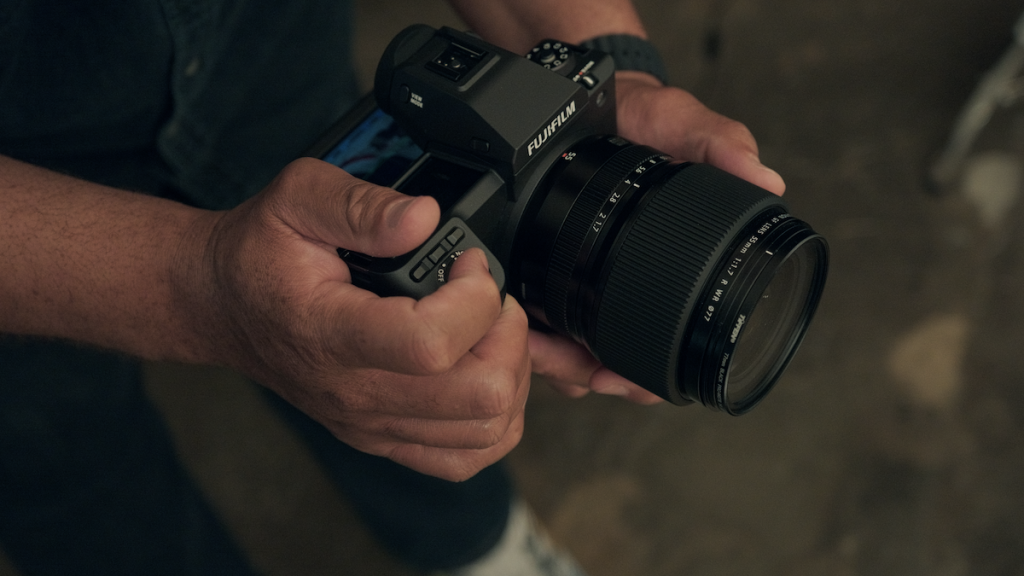
What’s New About the GFX100 II?
Enhanced Sensor and Processor
The GFX100 II boasts a 102MP sensor (same MP as the original GFX 100), but combined with the new X-Processor 5 to ensure breathtaking performance. With advancements in subject detection and autofocus algorithms powered by AI, photographers can capture moving subjects with extreme precision. This is done by creating 102MP still images at an impressive 8fps. The updated 9.44M dot EVF also offers 120fps live view.
Variable Cinema Formats
The GFX100 II is a storyteller’s dream offering specific crops and aspect ratios for multiple cinema formats, including GF Format, Vista Vision, and 35mm FF. With a basic GF to PL adapter, cinematographers can use the camera’s massive sensor with legendary cinema optics to further expand creative possibilities.
ProRes Internal and External Recording
With the GFX100 II, you can internally record in 4:2:2, 10-bit Apple ProRes. Alternatively, you can use an HDMI to record in 12-bit Apple ProRes RAW or Blackmagic RAW up to 8K. Seamlessly transition from shooting to post-production without additional transcoding. This feature accelerates project delivery and is compatible with color grading workflows in both DaVinci Resolve and Adobe Premiere Pro.
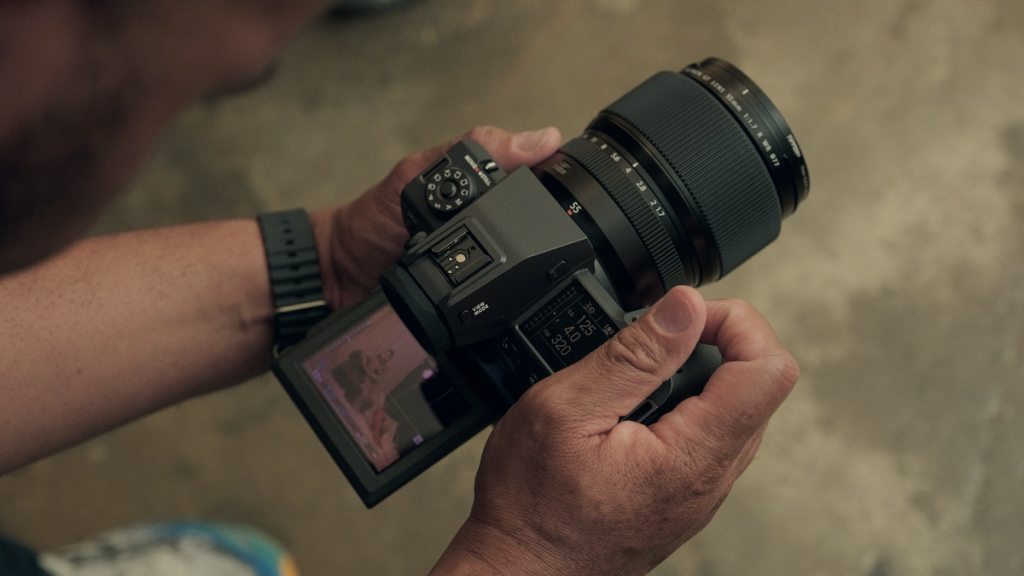
Frame.io Camera to Cloud Integration
The GFX100 II also offers native Frame.io Camera to Cloud integration. This feature allows for real-time collaboration and immediate cloud uploads, streamlining workflow and enhancing productivity.
Advanced Monitoring and Recording Features
The GFX100 II introduces new in-camera video functions including object tracking for precise focus control, live waveform, and vectorscope monitoring. The built-in cooling fan allows creators to shoot for extended periods of time. This means they can go longer without concerns of overheating.
Moreover, Fujifilm’s legendary color science comes alive in the camera’s film simulations. The new REALA ACE simulation offers neutral color reproduction with high-contrast tonal gradations to invoke the right emotion for every shot.
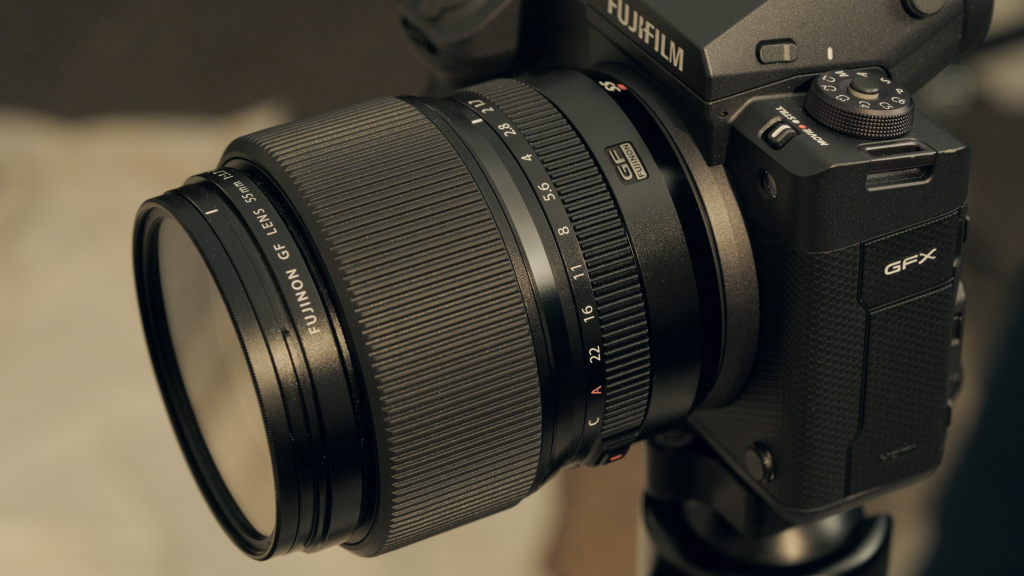
Who Should Use the GFX100 II Camera?
If you’re looking to take your photography or videography to the next level, the GFX100 II offers a suite of advanced features that can help you do just that. From its object tracking and waveform monitoring to its multiple cinema formats, this camera offers a professional-level experience without the steep learning curve.
The capability to internally record 4K/60p video in exquisite 10-bit Apple ProRes, or uncompressed possibilities via HDMI, will captivate users. Unparalleled in its offering, the GFX100 II combines multiple cinema formats, Frame.io’s collaborative prowess, and Fujifilm’s renowned color science to amplify your vision.
Professional Photographers
With this camera’s 102 MP sensor, capturing intricate details becomes second nature. Whether it’s the delicate patterns of a butterfly’s wing or the intricate designs of architectural photography, this camera ensures every nuance is captured with the utmost precision. The advanced AI autofocus guarantees fleeting moments are never missed, making it essential for wildlife, sports, and event photographers.
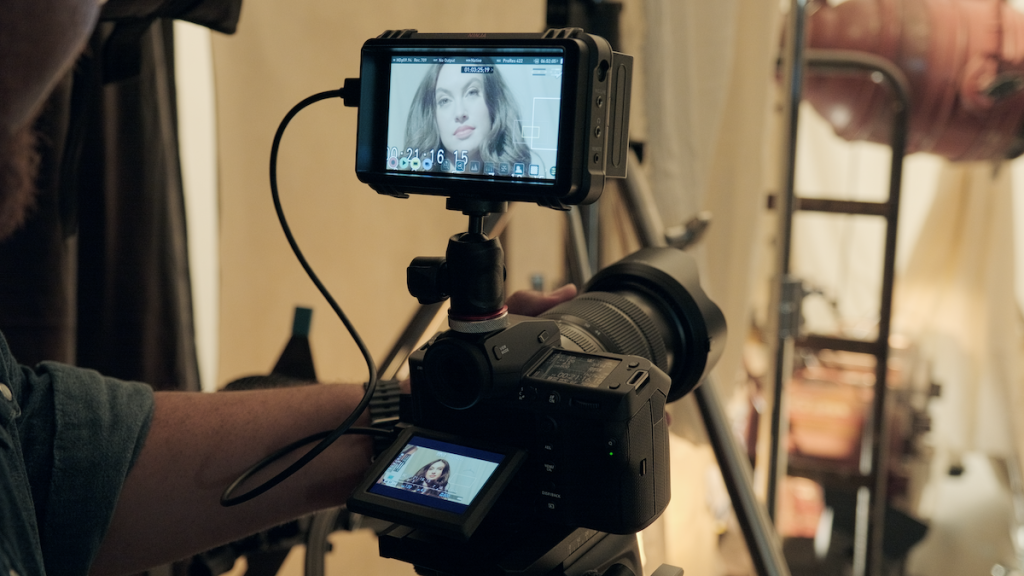
Cinematographers and Filmmakers
With its robust video capabilities, the Fuji gfx is a filmmaker’s ally. Offering multiple cinema formats and the ability to record in high-quality Apple ProRes, it provides filmmakers with the flexibility and quality they need to bring their vision to life.
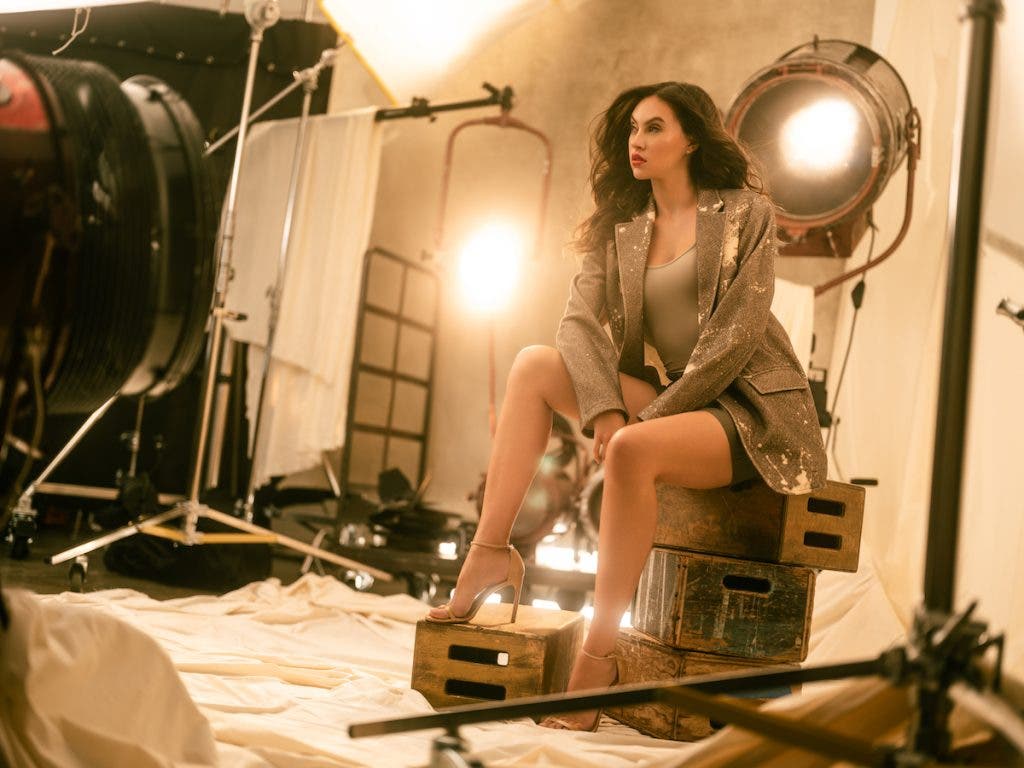
Its compatibility with a range of cinema optics further broadens its appeal, making it a versatile tool for both indie filmmakers and industry professionals. The camera’s seamless integration with Frame.io Camera to Cloud ensures collaborative projects are streamlined, allowing for instant feedback and less down time in post-production.

Adventure and Travel Bloggers
For those who chronicle their journeys and adventures, the GFX100 II has in-body image stabilization to ensure — even while on the move or in challenging terrains — images remain sharp and videos smooth. The camera’s compact design means it won’t burden long treks when space is scarce or weight is a consideration.
Comparable Fujifilm Cameras
The Fujifilm GFX100 II is an evolutionary upgrade from its predecessor, the original GFX 100. Both cameras are part of Fujifilm’s GFX System, designed for medium format photography.
While they share a 102 MP resolution, the GFX100 II introduces a standard low ISO of 80 and offers up to 8 stops of in-body image stabilization (IBIS), compared to the GFX 100’s 5.5 stops. The GFX100 II also boasts enhanced video capabilities and a more advanced processor. The GFX100 II’s advancements in autofocus, stabilization, and video recording position it as a superior choice for professionals seeking the latest technology.
The chart below offers a quick overview of the key differences between the Fujifilm GFX100 and its successor, the GFX100 II.
Fujifilm GFX100 vs GFX100 II – Comparison Chart
| GFX100 | GFX100 II | |
| Resolution | 102MP | 102MP |
| ISO Range | ISO 100-12800 (extendable) | ISO 80-12800 (extendable) |
| IBIS | Up to 5.5 stops | Up to 8 stops |
| Video Capabilities | 4K/30p | 4K/60P, 8K/30P, 10-bit ProRes |
| Processor | X Processor 4 | X Processor 5 |
| Autofocus System | Phase Detection | Enhanced Phase Detection |
| Frame.io Integration | None | Natively Enabled |
| Cinema Formats | Limited | Vista Vision, 35mm FF, Anamorphic |
Fujifilm has also recently announced three new lenses. Learn more about each below:
Final Thoughts
Boasting a 102MP sensor, advanced autofocus, enhanced stabilization, and impressive video capabilities, the Fujifilm GFX100 II Camera far surpasses its predecessor. From incredibly low ISO sensitivity to seamless Frame.io integration, every feature elevates the user pipeline.
